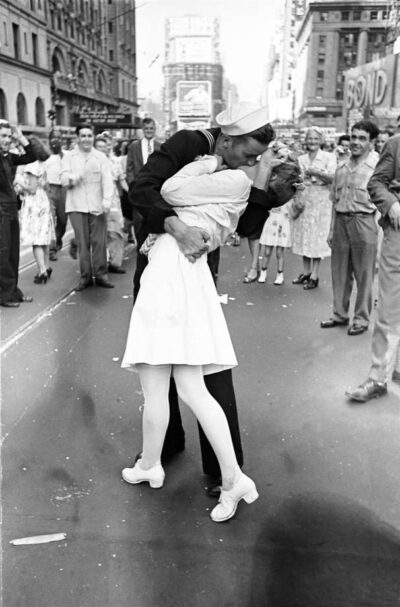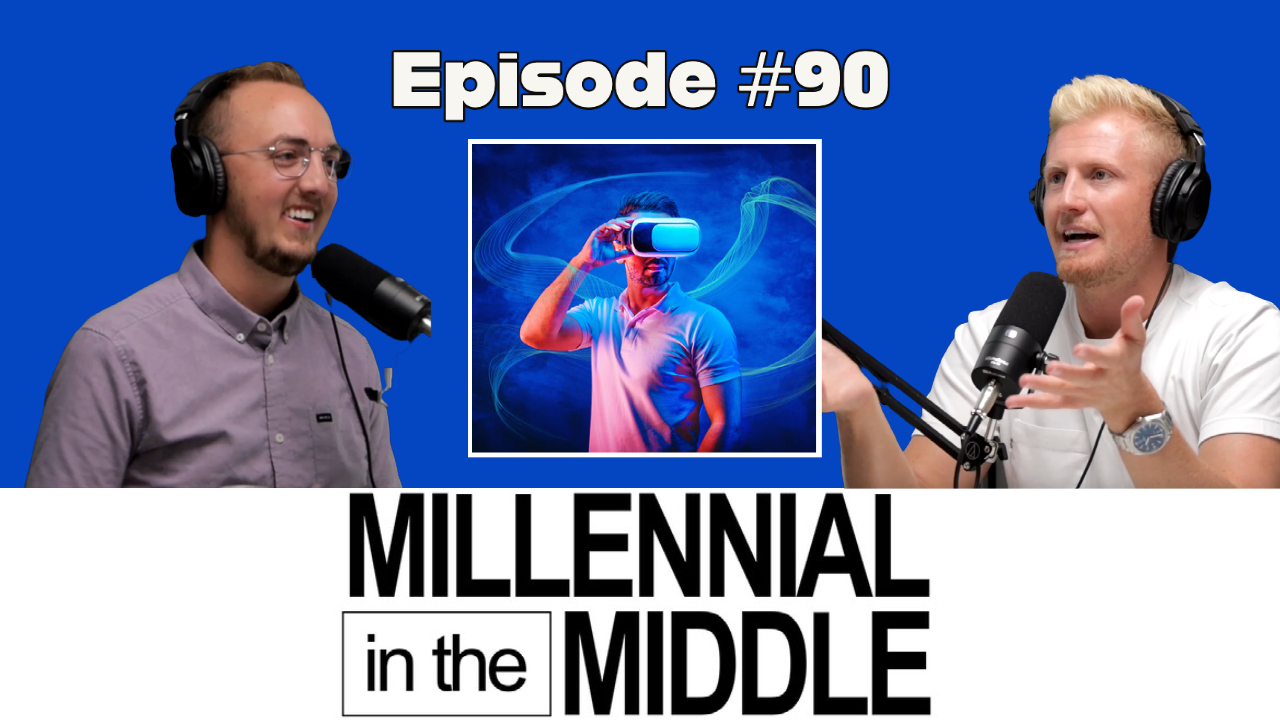People Change, Values Change
Our personal experiences shape the values we have as humans. Values that suited us as children evolve as we become adults and form relationships. What we value as a single person is different from what we value when we are married or have children.
However, the change in values doesn’t stop at a personal level. Rather, it continues on a generational level and we see that as we look back. What was valued in the 1930’s is not the same thing we value nowadays.
But why has it changed so drastically? We still follow Maslow’s hierarchy of needs, yet we see a generational divide that continues to separate us. What our grandparents valued seems to be very different from what we value most now, but why?
Before continuing, scroll down to the bottom of this post and click the button/link that says “Join Opt”. You will become an early adopter so you can start valuing your time by putting a value ON your time.
A Different World Then
The key to understanding one’s values is to understand one’s experiences. Think about it, our parents, grandparents, and great grandparents fought in the first world war, then went through the great depression, then had another world war.
The first world war threatened the second level of Maslow’s hierarchy of needs, their safety. The Great Depression attacked and threatened their physiological needs, and then they were once again endangered on the second level with the 2nd world war.
They were less concerned about feeling loved, respected and self actualized, they were simply trying to survive. They were defending their beliefs and the constitution and freedom so that their kids and grandchildren wouldn’t have to go through that.
With all of this craziness going on, we can see that these generations valued safety, security and stability more than anything. The white picket fence, the 60 hour work week to provide for their family was the American dream, but that dream has changed, those values have changed.

The Values Shifting to Today
Following the World Wars, we see a shift of focus from safety and physiological needs to needs of love, belonging, and sense of connection. We clearly see that this is one of the factors that empowered the civil rights movement. America and the world for that matter attempted to desegregate and give everyone a sense of belonging, fulfilling the third level of Maslow’s hierarchy of needs.
The Counterculture Movement, the Beat Generation, or the “Hippie Movement” then brought along the 4th level of the hierarchy of needs, esteem. They wanted freedom, peace, and respect for their individuality. This is the main charge that we continue to see today.
All of these events have inspired and empowered the younger generations to make a bigger attempt to attain self-actualization than ever before. We have seen that these younger generations are not valuing safety and stability as much as freedom and self-fulfillment. They want to reach their highest potential and don’t want to settle, and that isn’t a bad thing.
One day these younger generations will be the leaders of the world, and as they change and evolve, so will their values.


